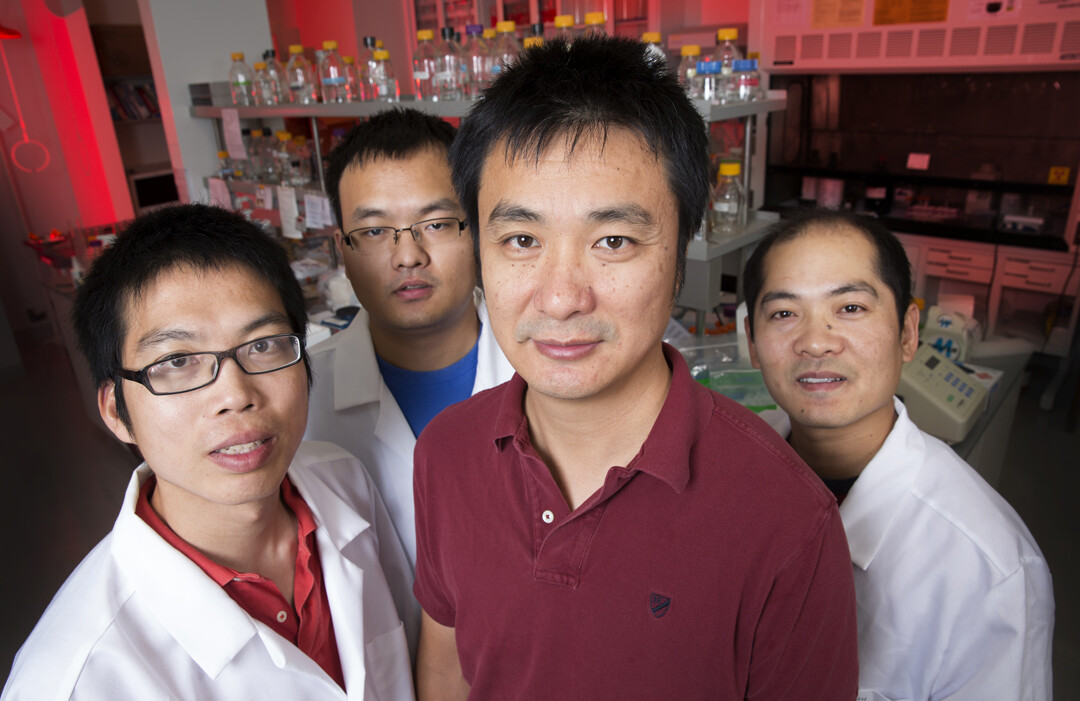
Discovered just two decades ago, tiny molecules called microRNAs are now known to be powerful agents in regulating gene expression. Yet they aren’t well understood. A team of UNL biologists has uncovered important clues about how plant cells regulate microRNAs, a step toward better understanding how crops respond to stress, such as droughts.
Bin Yu, assistant professor in the School of Biological Sciences and member of UNL’s Center for Plant Science Innovation; Shuxin Zhang, post-doctoral research associate; and their colleagues made their discoveries in Arabidopsis, a well-known plant model. But their findings also could be important to understanding microRNAs in humans and other organisms. The team’s findings were published this week in the Proceedings of the National Academy of Sciences.
MicroRNAs help regulate gene expression by binding to messenger RNAs, molecules that convey a gene’s information to make proteins. Tying up messenger RNAs block that process.
Similar to other RNAs, a microRNA is single-stranded, but it takes a hairpin turn and doubles over on itself. A complex of proteins, appropriately called a “dicer,” cuts off the looped end forming two single strands, one of which binds to its messenger RNA match.
Yu and his team found that a protein called CDC5, important in immunity, helps regulate microRNAs both by enhancing the molecule’s production and as a participant in the dicer complex of proteins. CDC5 is present in plants, animals and fungi, so Yu’s findings may help elucidate microRNA processes in other fields as well.
“This research increases our understanding of mechanisms controlling microRNA levels, which are not well understood,” Yu said.
MicroRNAs play a significant role in regulating diverse cellular processes. Better understanding that role and how they’re regulated will lead to a better understanding of plant and animal development. This knowledge may lead to improving crops ability to handle stresses, such as pests and droughts.
In addition to Zhang, Yu’s co-authors are research assistant professor Guodong Ren and biological sciences graduate research assistant Meng Xie. A $500,000 grant from the National Science Foundation helps fund Yu’s research.







